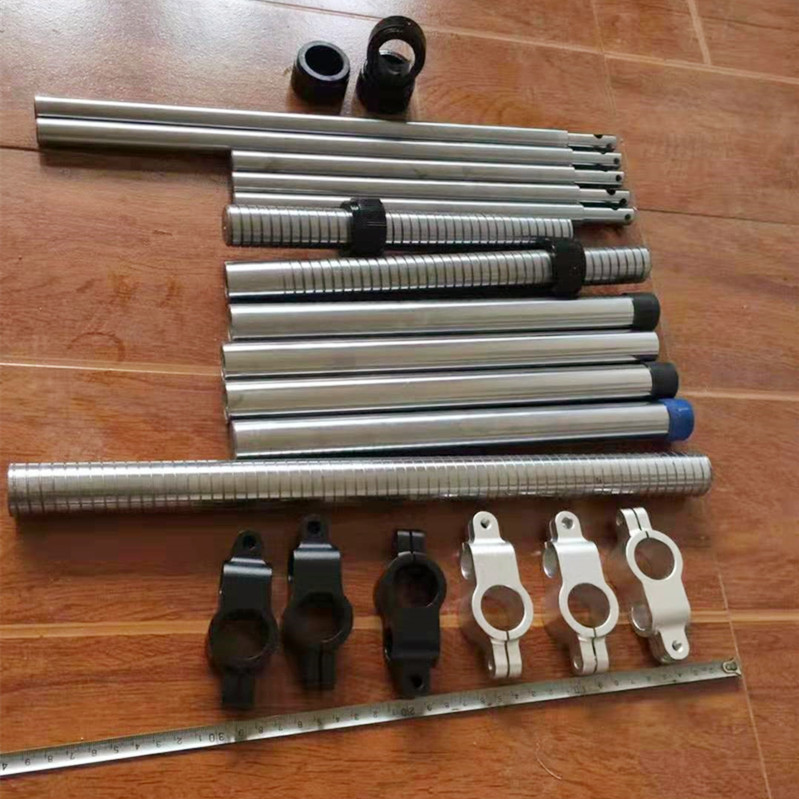paź . 10, 2024 19:24 Back to list
8-Inch Butterfly Valve with Actuator for Optimal Flow Control Solutions
Understanding the 8 Inch Butterfly Valve with Actuator
The 8-inch butterfly valve with actuator represents a critical component in fluid control systems across various industrial applications. This valve is recognized for its simplistic design, reliable performance, and efficiency in regulating the flow of liquids and gases. As industries strive for enhanced performance and operational efficiency, the adoption of advanced valve technologies, including the butterfly valve, becomes paramount.
What is a Butterfly Valve?
A butterfly valve consists of a rotating disc or plate that is mounted on a shaft. The operation of this valve is quite straightforward; when the valve is closed, the disc is perpendicular to the flow, blocking it, while when fully opened, the disc aligns parallel to the flow, allowing fluid to pass through. This design allows for quick opening and closing, making butterfly valves suitable for on/off control, as well as throttling applications.
Importance of the 8-Inch Size
The designation of 8-inch refers to the nominal diameter of the valve. This size is commonly used in various pipelines, particularly in water supply and treatment, HVAC systems, and chemical processing. The 8-inch size allows for significant flow rates while maintaining manageable pressure levels. Valves of this size are engineered to withstand various pressure conditions and can accommodate a range of temperatures, ensuring durability and longevity in harsh operating environments.
Role of the Actuator
An actuator is a device that moves or controls a mechanism or system. In the context of an 8-inch butterfly valve, an actuator facilitates automatic opening and closing of the valve. Actuators can be pneumatic, hydraulic, or electric, depending on the application requirements. Pneumatic actuators use compressed air to open and close the valve, providing quick response times, making them ideal for processes requiring rapid valve operations. Hydraulic actuators, on the other hand, employ fluid pressure, while electric actuators use electrical energy to function. The choice of actuator significantly affects the overall performance and operational efficiency of the butterfly valve.
8 inch butterfly valve with actuator

Advantages of the 8-Inch Butterfly Valve with Actuator
1. Space Efficiency Butterfly valves are compact, which is particularly advantageous in industries where space is a premium. The slim profile allows for easier installation in tight areas.
2. Cost-Effectiveness They generally require less material compared to other types of valves (like gate or globe valves), making them more cost-effective without compromising performance.
3. Flow Control The design of the butterfly valve provides excellent flow control characteristics, making it suitable for throttling applications alongside on/off operations.
4. Versatility The 8-inch butterfly valve can be used in various applications, making it one of the most versatile valves available. It can handle a range of fluids, including slurries, water, and gases.
5. Ease of Maintenance The simple structure of the butterfly valve allows for relatively low maintenance compared to more complex valves. This ease of maintenance translates to reduced downtime and lower operational costs.
Conclusion
The 8-inch butterfly valve with actuator is an essential asset for many industries looking to efficiently manage fluid flow. Its reliable performance, combined with the advantages presented by the actuator, makes it a preferred choice for engineers and operators alike. As technology advances, butterfly valves are likely to see even greater enhancements, further solidifying their role in modern industrial systems. By understanding the workings and benefits of this valve, users can make informed decisions that enhance their operational efficiency and productivity.
-
Why Metric Trapezoidal Thread is Ideal for Precision Motion ControlNewsAug.05,2025
-
The Unique Properties of a Block of Granite for Industrial UseNewsAug.05,2025
-
The Role of Flanged Y Strainers in Preventing Pipeline ClogsNewsAug.05,2025
-
The Importance of Regular Calibration for Master Ring GagesNewsAug.05,2025
-
How a Cast Iron Surface Table Enhances Accuracy in ManufacturingNewsAug.05,2025
-
Comparing Different Check Valve Types for Optimal Flow ControlNewsAug.05,2025
Related PRODUCTS









